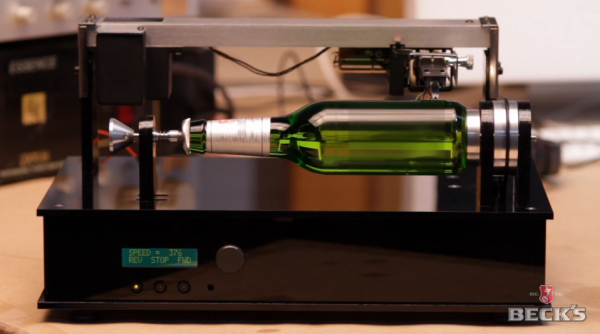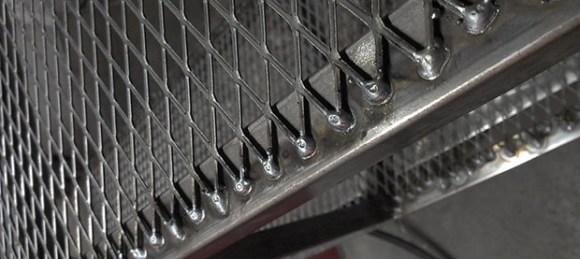
You’ve got to hand it to [Lou], not only does he know how to build simple items, he also knows how to sell their worth. Here’s a wet spill vacuum cleaner attachment which you can build on the cheap. A picture of the final product fails to have the same impact as his video showing its use in cleaning up a simulated cat disgorging from the carpet.
From the picture we’re sure you’ve already figured out how it work. The air and damp matter come in one side and are dropped into the jar as the air is sucked out the other. [Lou] suggests raiding your recycling bin for the jar. The intake and outflow are both pieces from a PVC P-trap intended for a sink drain. They have a threaded flange which keeps the part from pulling all the way through the 1.5″ holes drilled in the lid.
This is going to work best with a high-flow shop vacuum. So while you’ve got the tools out, why not build a dust separator as well?

















